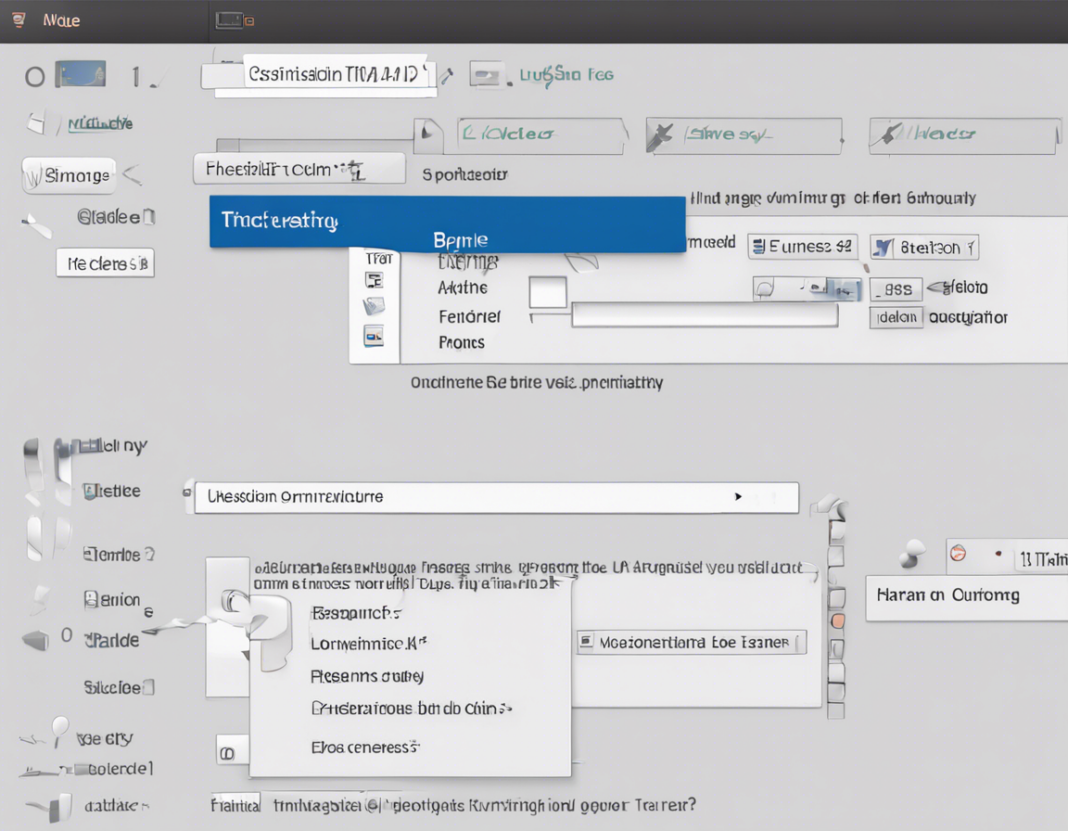Creating a presentation is a common task in various fields such as education, business, and marketing. While the content and design of your slides are crucial, another essential aspect to consider is slide timings. Setting the right timings for your slides can help you deliver a more professional and engaging presentation. In this article, we will delve into different ways you can customize slide timings in your presentation to ensure a seamless and well-paced delivery.
Understanding Slide Timings
Before we explore the various options for customizing slide timings, let’s first understand what slide timings entail. Slide timings refer to the duration each slide is displayed before automatically advancing to the next one. Setting appropriate slide timings is vital for maintaining the flow of your presentation and synchronizing it with your speech or key points you want to emphasize.
Importance of Customizing Slide Timings
- Enhanced Engagement: Well-timed slides help in keeping the audience engaged throughout the presentation.
- Professionalism: Customizing slide timings showcases your attention to detail and enhances the overall professionalism of your presentation.
- Improved Flow: Proper timings ensure that the presentation flows smoothly, avoiding awkward pauses or rushed content.
Options for Customizing Slide Timings
There are several ways you can customize slide timings in your presentation. Here are some of the options you can explore:
1. Manual Timing Adjustment
Manual timing adjustment allows you to control the duration each slide is displayed during the presentation. To customize slide timings manually:
- Select the slide you want to modify.
- Go to the “Transitions” tab.
- In the Timing group, enter the desired time in the “After” box to set how long the slide will be displayed before advancing.
2. Rehearse Timings
The rehearse timings feature in presentation software enables you to practice your presentation and automatically record the timings for each slide. To use this feature:
- Go to the “Slide Show” tab.
- Click on “Rehearse Timings.”
- Present your slides as you would during the actual presentation, and the software will record the timings for each slide.
3. Set Up Automatic Slide Transitions
You can also set up automatic slide transitions to advance the slides after a specific duration. To do this:
- Navigate to the “Transitions” tab.
- In the Timing group, check the “After” box and enter the desired time for automatic slide transition.
4. Looping Presentations
For presentations that need to continuously loop, such as digital signage or information kiosks, you can set up looping in the presentation software. This feature ensures that the presentation restarts once it reaches the end.
Tips for Effective Slide Timing Customization
To ensure your slide timings are customized effectively, consider the following tips:
- Practice: Rehearse your presentation multiple times to determine the most suitable timings for each slide.
- Keep it Consistent: Maintain a consistent pace throughout the presentation to avoid confusing or overwhelming the audience.
- Engage with Content: Align slide timings with the content being discussed to emphasize key points effectively.
- Monitor Audience Reaction: Pay attention to audience reactions during the presentation and adjust timings if needed to maintain engagement.
- Use Visual Cues: Incorporate visual cues or prompts in your slides to signal upcoming transitions or changes.
Frequently Asked Questions (FAQs)
1. What is the ideal duration for each slide in a presentation?
The ideal duration per slide can vary depending on the content and complexity of the information. However, a general guideline is to aim for around 1-2 minutes per slide to maintain audience engagement without overwhelming them.
2. How can I ensure smooth transitions between slides?
To ensure smooth transitions between slides, practice your presentation multiple times to familiarize yourself with the content and timings. Additionally, use visual cues or signals to indicate upcoming transitions to the audience.
3. What should I do if I run out of time during a presentation?
If you run out of time during a presentation, prioritize the key points and skip over non-essential information. You can also engage the audience with a brief summary of the remaining content or offer to share additional resources after the presentation.
4. Is it better to manually set slide timings or use automatic transitions?
The choice between manual timings and automatic transitions depends on your presentation style and preference. Manual timings offer more control and flexibility, while automatic transitions can be convenient for ensuring consistent timings throughout the presentation.
5. How can I adjust slide timings during a live presentation?
If you need to adjust slide timings during a live presentation, you can use the navigation controls in the presentation software to skip or revisit specific slides. Practice using these controls beforehand to ensure a seamless adjustment during the actual presentation.
In conclusion, customizing slide timings is a crucial aspect of creating an impactful presentation. By understanding the various options available and following best practices for effective timing customization, you can deliver a seamless and engaging presentation that effectively communicates your message to the audience.






